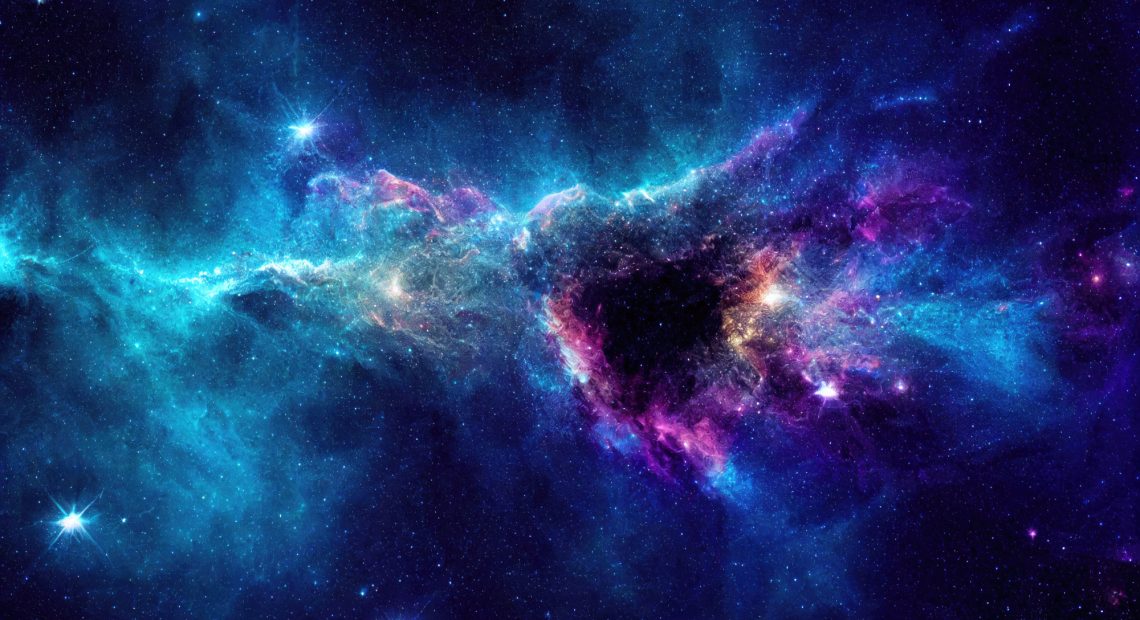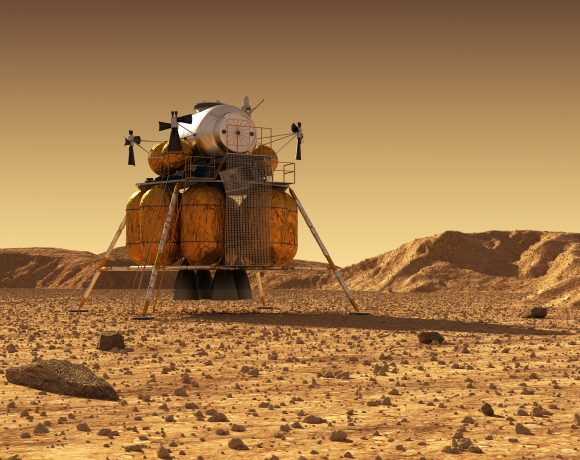
Scientists Discover New Galaxy at Tidal Tail’s Tip
In an extraordinary cosmic discovery, scientists have identified a new galaxy forming at the tip of a tidal tail, a rare phenomenon located 1.27 million light-years away. This groundbreaking find offers invaluable insights into galaxy formation and the complex dynamics of gravitational interactions in the universe.
A Rare Cosmic Formation
Tidal tails are elongated streams of stars, gas, and other material formed when two galaxies interact gravitationally. In this case, the newly forming galaxy was spotted at the tip of such a tidal tail, stretching an astonishing 1.27 million light-years. This rare discovery highlights the intricate processes at play when galaxies collide and interact, shedding light on how new galaxies can emerge from these cosmic encounters.
The discovery was made possible through advanced telescopes and imaging techniques, which allowed researchers to analyze the faint and distant structure of the tidal tail.
Insights into Galaxy Formation
Scientists are fascinated by the implications of this find. Galaxy formation is a complex process influenced by various factors, including gravitational forces, star formation, and the distribution of gas and dust. The observation of a galaxy forming in such an unusual location provides a unique opportunity to study these dynamics in detail.
“Finding a galaxy at the tip of a tidal tail is an exceptional event,” a researcher involved in the study stated. “It challenges our understanding of how galaxies evolve and offers new perspectives on cosmic interactions.”
The newly forming galaxy is believed to have originated from the material stripped away during the gravitational interaction of its parent galaxies. This material eventually condensed to form the stellar and gaseous structure now observed.
Significance of the Discovery
This finding not only advances scientific knowledge of galaxy formation but also opens doors for further research into the role of tidal interactions in shaping the universe. It underscores the importance of advanced observational tools in unveiling the hidden complexities of the cosmos.
Astronomers plan to conduct follow-up studies to gain deeper insights into the chemical composition, star formation rates, and future evolution of the newly discovered galaxy. These studies could provide clues about the broader implications of tidal tail interactions and their contributions to the universe’s structure.
As exploration continues, this discovery serves as a reminder of the endless mysteries that space holds and the potential for groundbreaking advancements in our understanding of the cosmos.


















